ARCHIMEDES (ca. 287-212 B.C.). Opera, quae quidem extant, omnia , in Greek and Latin - EUTOCIUS Ascalonites (fl. early 6th century). In eosdem Archimedis libros commentaria , in Greek and Latin. Translated by Jacobus de Sancto Cassiano Cremonensis (fl. ca. 1450), edited by Johann Mller, called Regiomontanus (1436-76), and by Thomas Gechauff, called Venatorius (d. 1551). Basel: Johann Herwagen, March 1544. 2 o (310 x 202 mm). Collation: * 4, s4 s6; ++ 4, a-t 4 u 6; s4; Aa-Ii 4. Blank: . 232 leaves. Greek, roman and italic types. Woodcut mathematical diagrams, woodcut ornamental initials, printer's woodcut device on Ii4v. (Some browning or foxing throughout, marginal waterstains in first and last quires, quire * reinforced at inner margin, printing flaw causing loss to one letter on title page, four small wormholes in blank margin of Ii4.) Contemporary limp vellum with overlapping edges, remains of two pairs of tawed leather ties (front cover stained at upper edge). Provenance : Santans (inscription, title page); Frater Januarius, Dominican of Naples, 1658 (inscriptions, title page and Ii2v); bookplate removed from front pastedown. EDITIO PRINCEPS. Archimedes is by universal consent the greatest mathematician of Antiquity and one of the greatest mathematicians and physicists of all time. Among his contributions were a method for calculating centers of gravity, an approximation of the value of and a system for expressing very large numbers. He demonstrated theorems relating to areas and volumes of figures bounded by curved lines and surfaces, showed how mechanical problems could be solved through geometrical analysis, and made considerable use of proof by the "method of exhaustion", a fore-runner of the calculus. In addition, he is credited with a number of mechanical inventions, such as the water screw, the compound pulley, and various ballistic devices used in the effort to defend the city of Syracuse against attack by the Roman army, a siege in which Archimedes himself perished. His discovery of the principle of specific gravity, when he observed the water displaced by his body in the bath, is celebrated in the well-known story of his running naked through the streets shouting "Eureka". The publication of the present edition marked a decisive step forward in the history of mathematics in that it made Archimedes' knowledge and sophisticated techniques readily available for study, providing a foundation on which Galileo, Kepler, Newton and others could build. The present edition includes Archimedes' works On the sphere and the cylinder , On the measurement of the circle , On conoids and spheroids , On spirals , On the equilibrium of planes , The sand-reckoner , and On the quadrature of the parabola . The manuscript from which the Greek text was printed, now Nuremberg, Stadtbibliothek, MS Cent. V app. 12, had been acquired in Rome by the German humanist Willibald Pirckheimer, to whose circle Venatorius belonged. The source of this text was a 9th-century Greek manuscript, now lost but known to scholars as manuscript A, which had been used in the 13th century by William Moerbeke for his Latin translation of the works of both Archimedes and Eutocius. The translation printed in the present edition was a new one produced in the 1450s by Jacopo da Cremona, who worked under the auspices of Pope Nicholas V. This was made directly from the text of manuscript A, with consultation of Moerbeke's older Latin version. The pope sent copies to Nicholas of Cusa, whose work De mathematicis complementis was written in response to it, and to Bessarion. Bessarion's manuscript was copied and corrected by Regiomontanus, with reference to a copy of the Greek manuscript A also owned by Bessarion. Regiomontanus, who recognized the mathematical sciences as one of the great creations of the ancient world, praised Archimedes as the pre-eminent mathematician of Antiquity and remarked that the study of his works was and would remain indispensible "even a
ARCHIMEDES (ca. 287-212 B.C.). Opera, quae quidem extant, omnia , in Greek and Latin - EUTOCIUS Ascalonites (fl. early 6th century). In eosdem Archimedis libros commentaria , in Greek and Latin. Translated by Jacobus de Sancto Cassiano Cremonensis (fl. ca. 1450), edited by Johann Mller, called Regiomontanus (1436-76), and by Thomas Gechauff, called Venatorius (d. 1551). Basel: Johann Herwagen, March 1544. 2 o (310 x 202 mm). Collation: * 4, s4 s6; ++ 4, a-t 4 u 6; s4; Aa-Ii 4. Blank: . 232 leaves. Greek, roman and italic types. Woodcut mathematical diagrams, woodcut ornamental initials, printer's woodcut device on Ii4v. (Some browning or foxing throughout, marginal waterstains in first and last quires, quire * reinforced at inner margin, printing flaw causing loss to one letter on title page, four small wormholes in blank margin of Ii4.) Contemporary limp vellum with overlapping edges, remains of two pairs of tawed leather ties (front cover stained at upper edge). Provenance : Santans (inscription, title page); Frater Januarius, Dominican of Naples, 1658 (inscriptions, title page and Ii2v); bookplate removed from front pastedown. EDITIO PRINCEPS. Archimedes is by universal consent the greatest mathematician of Antiquity and one of the greatest mathematicians and physicists of all time. Among his contributions were a method for calculating centers of gravity, an approximation of the value of and a system for expressing very large numbers. He demonstrated theorems relating to areas and volumes of figures bounded by curved lines and surfaces, showed how mechanical problems could be solved through geometrical analysis, and made considerable use of proof by the "method of exhaustion", a fore-runner of the calculus. In addition, he is credited with a number of mechanical inventions, such as the water screw, the compound pulley, and various ballistic devices used in the effort to defend the city of Syracuse against attack by the Roman army, a siege in which Archimedes himself perished. His discovery of the principle of specific gravity, when he observed the water displaced by his body in the bath, is celebrated in the well-known story of his running naked through the streets shouting "Eureka". The publication of the present edition marked a decisive step forward in the history of mathematics in that it made Archimedes' knowledge and sophisticated techniques readily available for study, providing a foundation on which Galileo, Kepler, Newton and others could build. The present edition includes Archimedes' works On the sphere and the cylinder , On the measurement of the circle , On conoids and spheroids , On spirals , On the equilibrium of planes , The sand-reckoner , and On the quadrature of the parabola . The manuscript from which the Greek text was printed, now Nuremberg, Stadtbibliothek, MS Cent. V app. 12, had been acquired in Rome by the German humanist Willibald Pirckheimer, to whose circle Venatorius belonged. The source of this text was a 9th-century Greek manuscript, now lost but known to scholars as manuscript A, which had been used in the 13th century by William Moerbeke for his Latin translation of the works of both Archimedes and Eutocius. The translation printed in the present edition was a new one produced in the 1450s by Jacopo da Cremona, who worked under the auspices of Pope Nicholas V. This was made directly from the text of manuscript A, with consultation of Moerbeke's older Latin version. The pope sent copies to Nicholas of Cusa, whose work De mathematicis complementis was written in response to it, and to Bessarion. Bessarion's manuscript was copied and corrected by Regiomontanus, with reference to a copy of the Greek manuscript A also owned by Bessarion. Regiomontanus, who recognized the mathematical sciences as one of the great creations of the ancient world, praised Archimedes as the pre-eminent mathematician of Antiquity and remarked that the study of his works was and would remain indispensible "even a








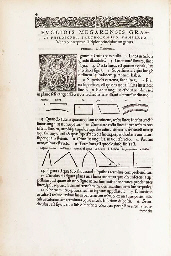

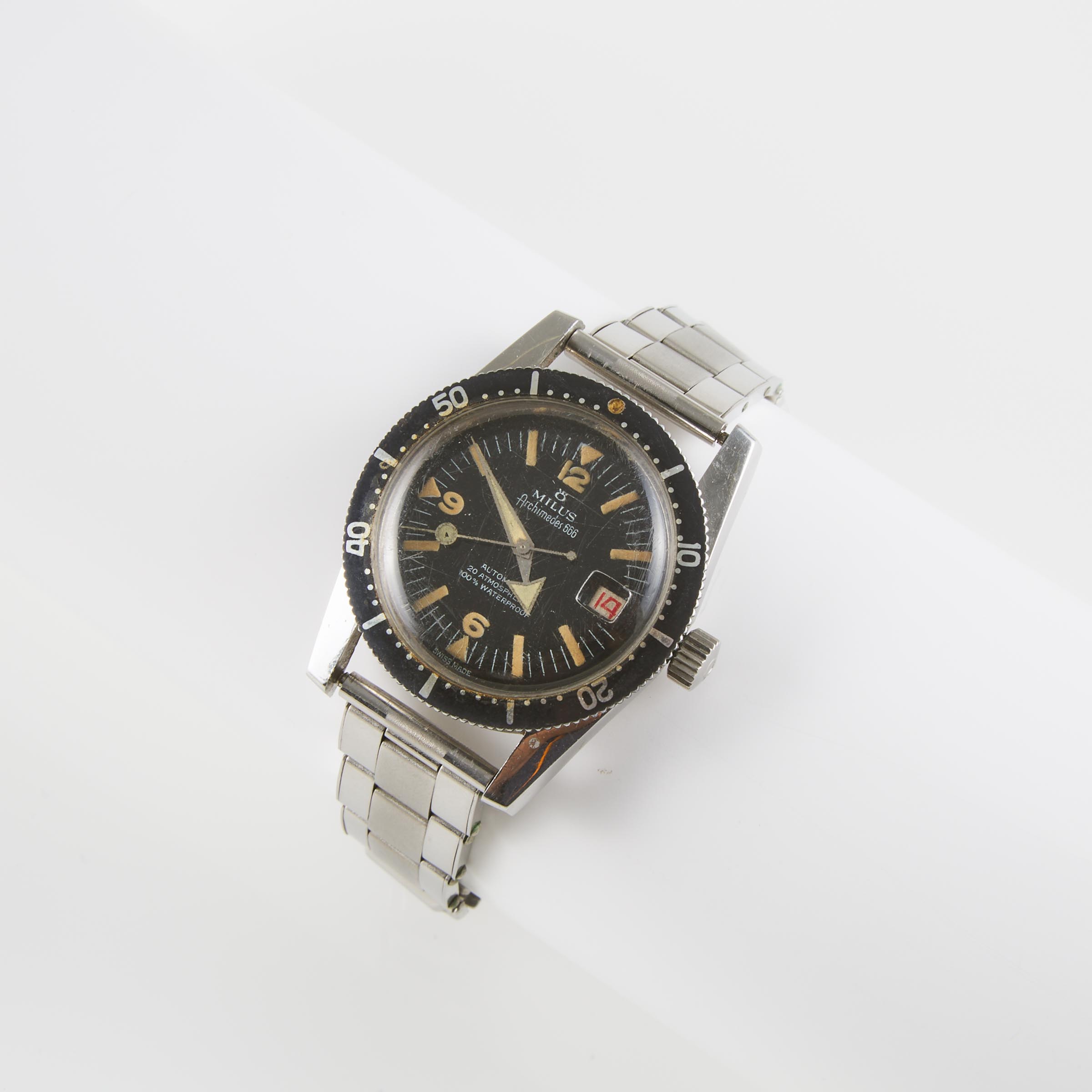

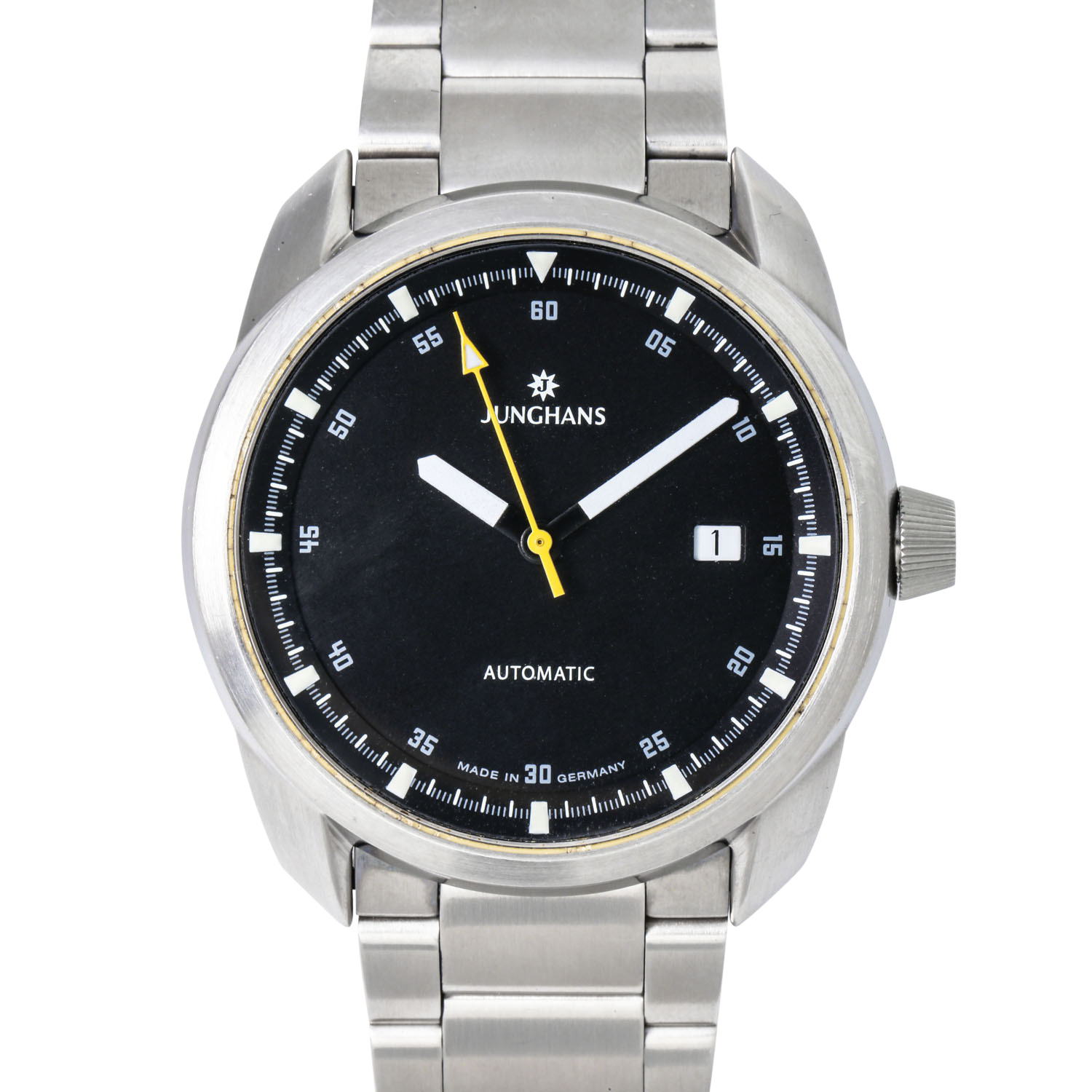
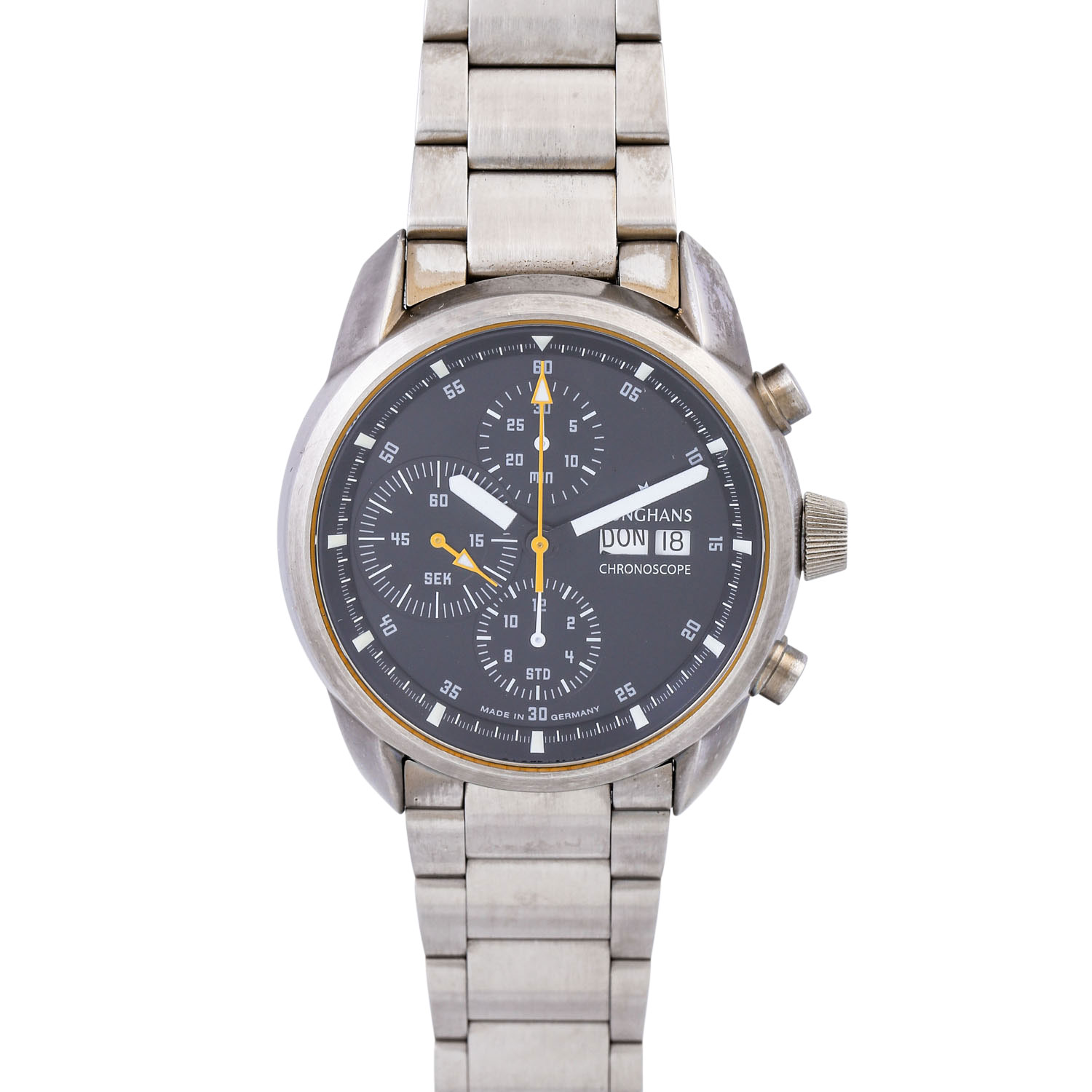
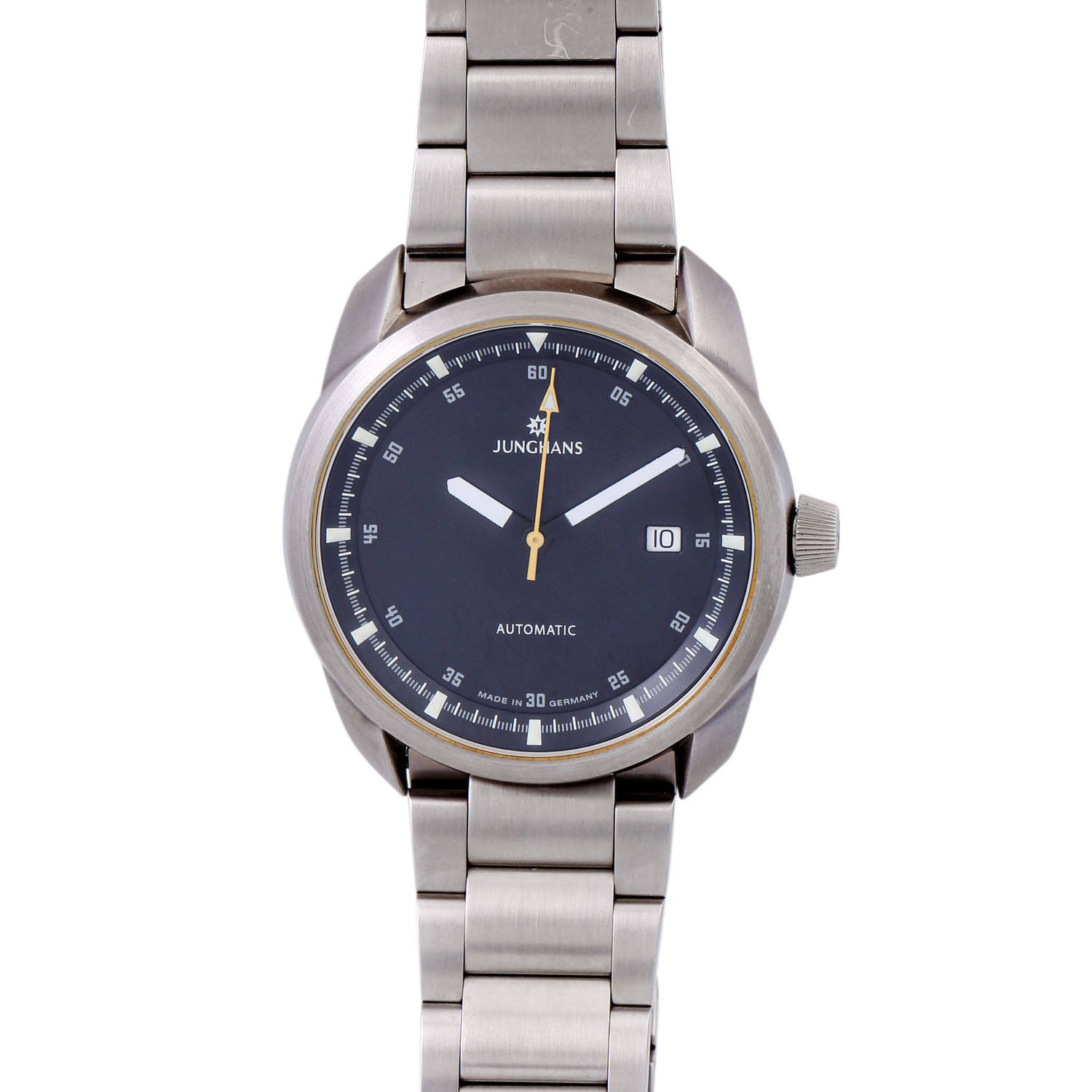
Try LotSearch and its premium features for 7 days - without any costs!
Be notified automatically about new items in upcoming auctions.
Create an alert